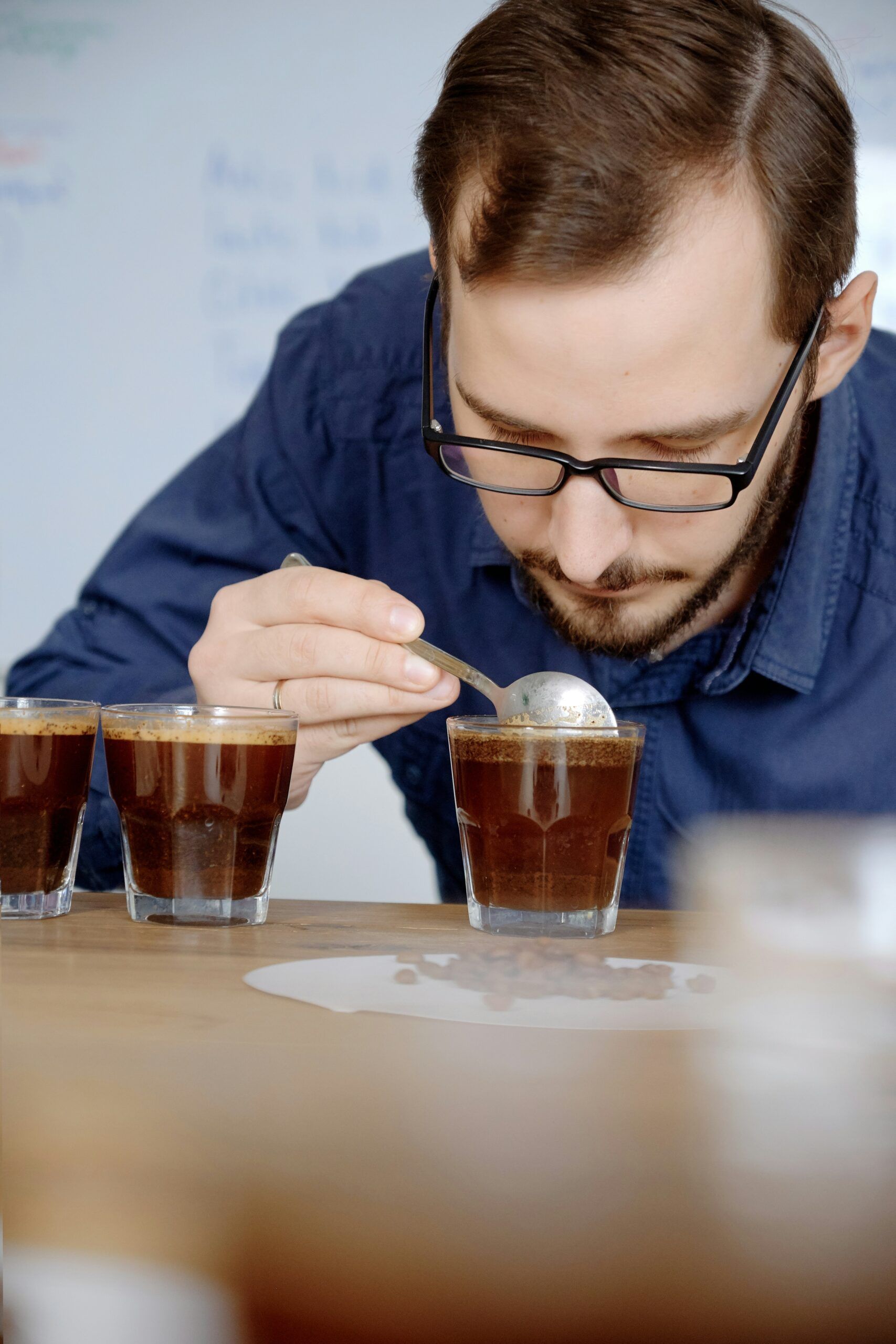
How Cup Material Affects Your Coffee Experience
For most people who drink tea or coffee, the focus tends to be on the brew / roast or the beans / teabag. But one major factor which tends to be overlooked is the cup itself. The material of coffee cups / drinkware doesn’t just hold the drink; it also affects the overall experience through factors like the temperature and flavour.
Stainless steel, recycled paper cups, ceramics, glass, plastic and bamboo are a number of materials people tend to drink from; each material having its own unique property that influences your drink in surprising ways. Although they all have their merits, stainless steel and recycled paper cups stand out for their superior temperature retention, sustainability, and practicality. Let’s take a look at the differences
Temperature Retention
No one wants lukewarm coffee unless it’s iced (and even then you probably don’t want it lukewarm. Cup materials tend to dictate how long drinks remain at optimal temperature.
Stainless Steel (Best for Temperature Control)
Stainless steel cups, especially double-walled and vacuum-sealed designs, are the champions of heat retention. They can keep drinks hot for hours, unlike ceramic or glass, which cools more quickly. If you’re fond of sipping your coffee throughout the day, stainless steel is the best option.
Ceramic & Glass
Both ceramic and glass absorb heat quickly and cool down at a moderate rate. They provide a classic drinking experience but don’t retain heat as well as stainless steel. If you prefer your drink hot and drink it relatively quickly, they’re still great options.
Plastic & Bamboo
Plastic cups lose heat the fastest, making them less ideal for those who prefer their drinks warm. Bamboo, while slightly better at insulation than plastic, still doesn’t match up to stainless steel or ceramics / glass in heat retention.
Flavour & Aroma: Does the Cup Change the Taste?
Secondly, cup materials subtly influence how your drinks taste and smell. Let’s dive in further
Stainless Steel (Best for Purity)
High-quality, food-grade stainless steel doesn’t absorb flavours or odours, ensuring that your coffee / tea tastes exactly as intended. Unlike plastic, which can leach chemicals, stainless steel offers a clean, pure coffee experience.
Ceramic & Glass
These materials are non-porous, meaning they won’t alter the taste of your coffee. That’s why many cafés prefer ceramic mugs—it provides a neutral, pure coffee experience.
Plastic
Plastic cups can leach chemicals and alter the taste of coffee, especially when exposed to high temperatures. If you must use plastic, opt for BPA-free versions to minimize unwanted flavours.
Bamboo
Bamboo cups can introduce a slight woody or earthy note to your coffee, which some people find pleasant while others might find distracting.
Sustainability: Making the Eco-Friendly Choice
Coffee lovers are increasingly looking for cups that reduce waste without compromising on experience.
Stainless Steel (⭐ Best for Longevity)
Reusable, durable, and 100% recyclable, stainless steel cups help eliminate disposable waste entirely. If you want a cup that will last for years while reducing your carbon footprint, stainless steel is the best investment.
Ceramic & Glass
While they’re not single-use, ceramic and glass cups can break easily. That said, when cared for properly, they last a long time and are recyclable.
Bamboo
Bamboo is a renewable resource, but bamboo cups often contain melamine resins, which make them harder to recycle.
Plastic
The least eco-friendly option, plastic cups contribute to landfill waste and microplastic pollution. Even reusable plastic cups degrade over time, making them a less sustainable choice than stainless steel or recycled paper.
Durability & Convenience: What’s Best for Your Lifestyle?
Stainless Steel (Most Durable)
Stainless steel is virtually indestructible, making it perfect for travel, commuting, and outdoor adventures. Most stainless steel cups are dishwasher-safe and easy to clean, making them the most practical choice for long-term use.
Ceramic & Glass
These cups offer a classic café experience, but they’re fragile—one accidental drop, and they’re gone.
Bamboo
Lightweight and eco-friendly, but not as durable as stainless steel and may not be fully recyclable.
Plastic
While shatterproof, plastic cups degrade over time, and their environmental impact makes them a less desirable choice.
If you want a long-lasting, reusable cup that keeps your coffee hot for hours while reducing waste, stainless steel is the way to go.
At the end of the day, the perfect sip starts with the perfect cup. Choose wisely!